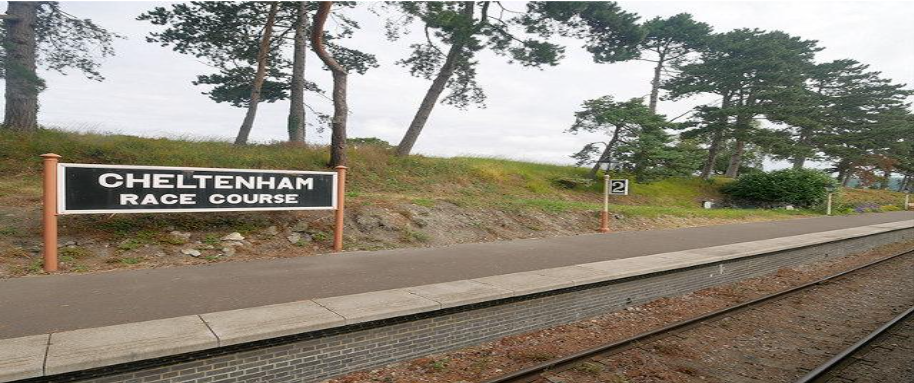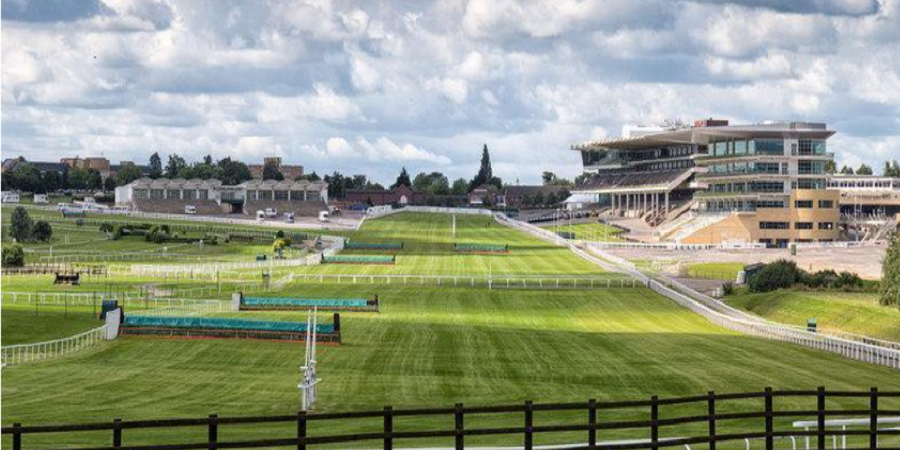The UK’s national hunt season is heating up, with the Cheltenham Festival upcoming and the Grand National on the horizon. As is normal for most punters, at least those who are not avid racing fans, you wait until the day of the meeting to place your bets. There’s nothing wrong with that, of course, but when you are making your picks, there is always someone willing to tell you that they got the horse at a better price “weeks ago.”
Ante-post horse racing betting is perhaps the most strategic form of wagering in the business. It’s not simply the fact that you run the risk of taking worse odds than what are available on the day, which does happen, but there are other pitfalls, too, including the fact your bet might be worthless by the time of the race, something we will touch on a bit later.
Getting the Best Price Is Key
Let’s start with a simple breakdown of what we mean by ante-post horse racing betting. The idea is that you back a horse long before the actual race, taking the odds offered on that day. For example, you might have backed Galopin Des Champs for the 2025 Cheltenham Gold Cup back in December at odds of 6/4. On Gold Cup Day, Galopin des Champs goes off as odds-on favourite, having looked excellent all season. So, you’ve got a better price because you took the risk of a long-term approach. Simple, right?
Of course, there is always the chance that Galopin des Champs (we are using the Willie Mullins-trained horse for illustrative purposes) does not perform well across the winter months, and he starts the Gold Cup as a 9/1 shot, whereas you are stuck with odds of 6/4. Worse still, what if the horse gets injured or the Mullins team (in our example) decides to put him in a different race?
NRNB Can Be Crucial
The vast majority of ante-post bets placed months in advance will not be NRNB (non-runner, no bet); thus, if the horse does not run, you lose your bet. Now, when we get closer to the event, the bookies will start offering NRNB, usually starting with the bigger races and then eventually covering them all.

With events like Cheltenham, backing horses ante-post without the insurance policy of NRNB becomes doubly hazardous because horses will have multiple entries. At times, you might not even know whether the horse will be going over hurdles or entered into a chase. It’s just a fact of life when it comes to national hunt racing.
So, if there are all these pitfalls, why do it? The simple answer is value. At its best, ante-post betting can deliver stunning results. We can give you a real-world example, too. Put the Kettle On, who was the winner of the 2021 Champion Chase, had a starting price of 17/2. In January, some bookies were offering 60/1 for the mare to win the feature race on Ladies’ Day. While Put the Kettle On needed some luck on the day, those who had backed her weeks earlier would have been feeling pretty smug, and rightly so.
The point, as such, is that it is sometimes worth taking a chance if you see extreme value. Arguably, there is no good reason to back a horse ante-post if its odds aren’t shouting value. Yet, when the stars align and you get a huge price in the ante-post markets, seeing that horse go off at much lower odds on the day and winning is a satisfying feeling: it feels like you have beaten the bookies twice.










